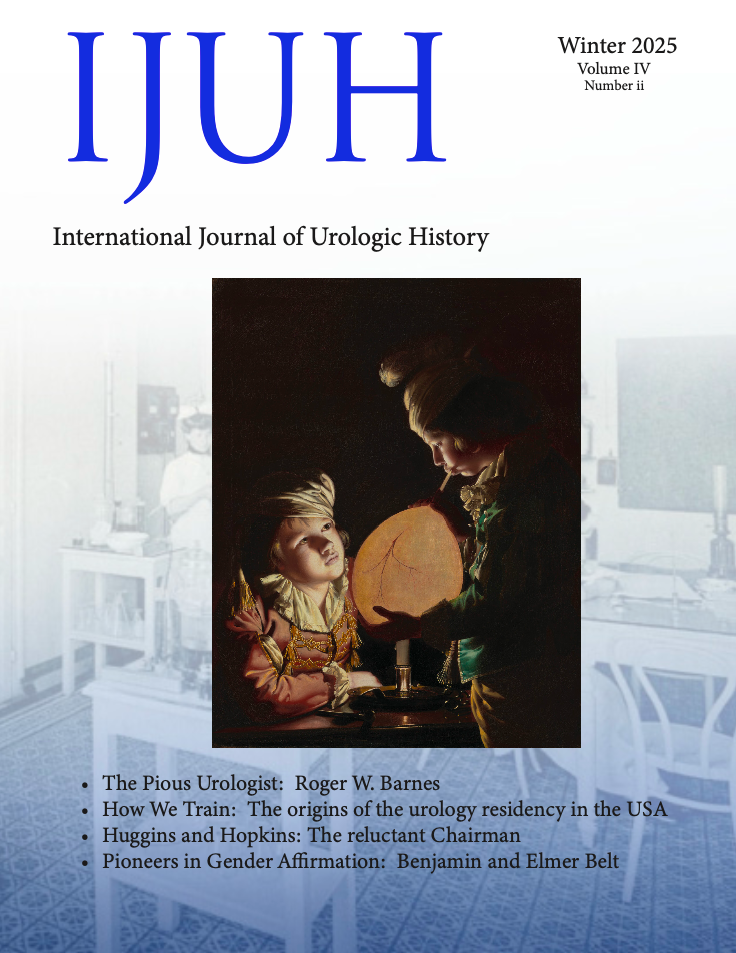The (Not-So) Ancient Practice of Anatomical Trophy Taking: An Emphasis on Penile Dismemberment
Abstract
Objectives
Since the first known hieroglyphics showing the war trophy taking of the penis, the capacity of anatomical amputation has always been a nightmarish aspect of wars. War trophies were a prodigious aspect of war in preliterate societies and ancient Greece. Herodotus wrote that Scythian warriors would present to their king the heads of enemies to claim their share of plunder. We performed a literature search to identify instances of war-associated phallotomy in its historical perspective.
Methods
A review of the literature from primary military and secondary sources was undertaken to assess the aspects of warfare specific to trophy taken, its origins, and impact.
Results
Egyptian warriors were famed for collecting as many enemy phalluses as possible in the battle of Khesef-Tamahu. There is some evidence that they spared those enemies who were circumcised. Anthropological studies point to the practice of phallotomy in some indigenous peoples of the Americas. There are biblical accounts of phallotomy that specify foreskin status which themselves were also used for royal presentation. Phallotomy also appears to have been documented in African, Arabian, and Meospotomian cultures but continued in some form into the Second World War.
Conclusions
The barbarity of war may be eclipsed by additional atrocities inflicted by victor over the defeated with the collection of anatomical relics. Such war ‘trophies’ included the penis as an ultimate attempt to humiliate the vanquished
